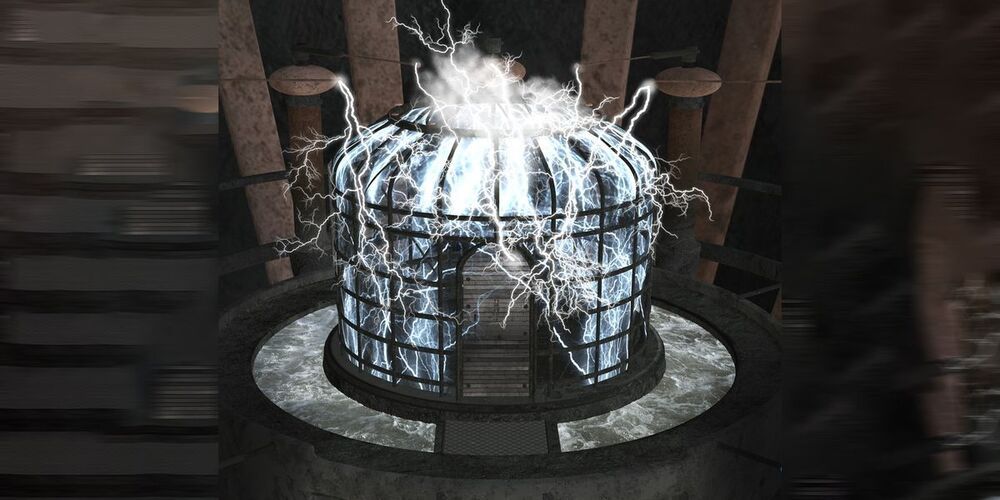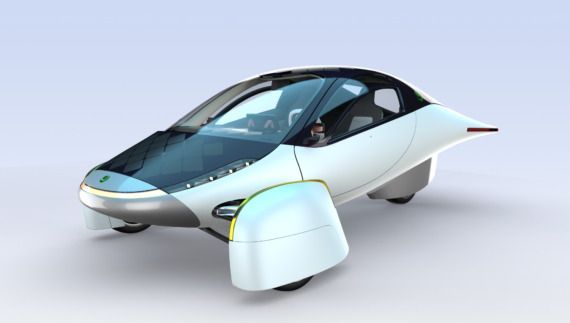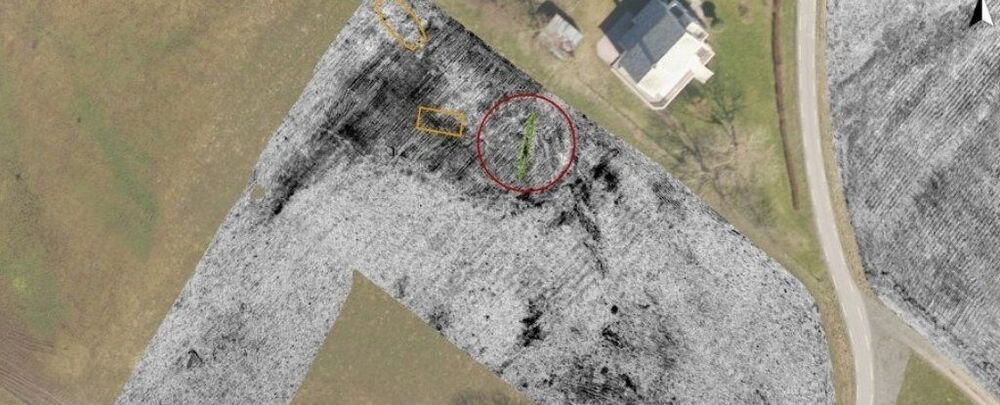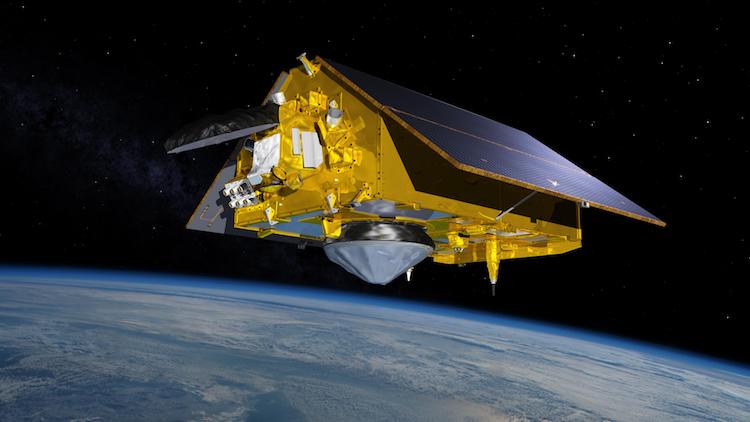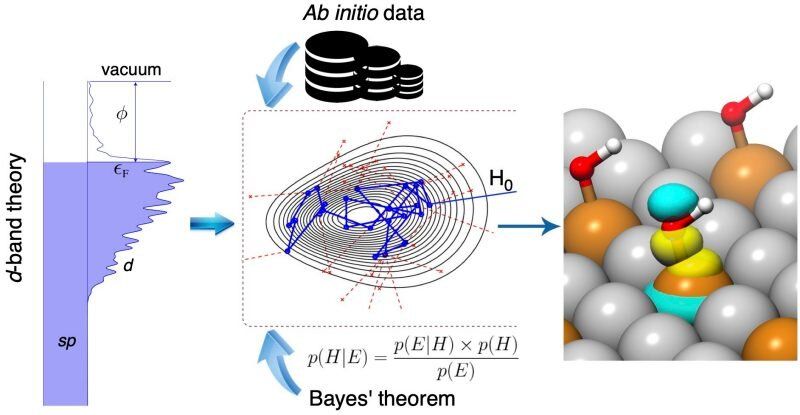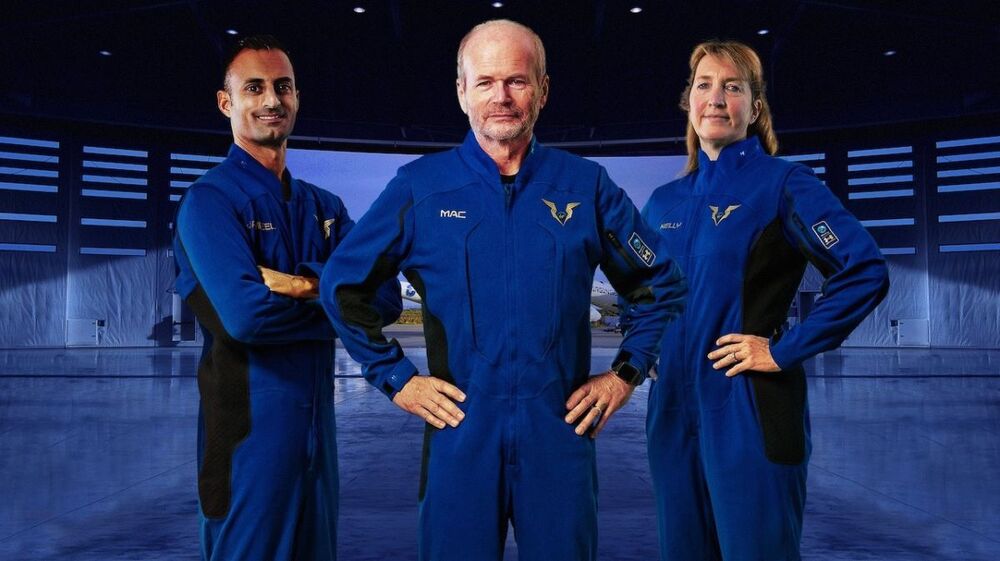Glowing is always in fashion.
A new species of mushroom has been discovered in the Assam province, northeastern India. It glows.
A team of researchers from India and China reports on two weeks of fieldwork in the Assam region, during which they spotted several new species of mushrooms. The most exciting of these is a species that locals describe as “electric mushrooms” that lives on dead bamboo. The species, christened Roridomyces phyllostachydis is bioluminescent — it produces its own light.
“The members of the genus Roridomyces are very fragile and they love moist and humid conditions,” explained Samantha Karunarathna, senior mycologist at the Chinese Academy of Sciences and lead author of the report.

